Shark attacks are something we associate with California and not Carolina – but they occur here, too! In fact, statistics from 2023 indicate 3 non-fatal shark attacks in North Carolina. Luckily, this one was also non-fatal; let’s learn about this 14-year-old who walked away with both his legs and his life following a shark encounter.
Incident at North Topsail Beach

A 14-year-old boy is recovering after a shark bit him on the leg at North Topsail Beach in North Carolina. The attack occurred around 12:30 p.m. on Sunday, June 21st. Quick-thinking beachgoers helped the boy out of the water and used towels to slow the bleeding.
Quick Response by Authorities

North Topsail Beach Police Chief William Younginer reported that officers and emergency medical technicians were already at the beach responding to another call. This meant they could respond to the shark attack within two minutes, ensuring prompt medical attention for the injured teenager.
Immediate First Aid by Bystanders

Beachgoers played a crucial role in the boy’s survival. They quickly got him out of the water and applied pressure to his wound with towels. Their immediate actions helped control the bleeding until professional medical help arrived on the scene.
Professional Medical Intervention

A police officer applied a tourniquet, and EMS stabilized the boy before he was transported to Camp Lejune Naval Hospital. The medical staff at the hospital successfully repaired the boy’s leg, and he is expected to be released soon, thanks to the rapid and effective response.
Praises for the Community’s Response

Police Chief Younginer praised the bystanders for their quick and effective actions. The cooperation between beachgoers, police officers, and EMS personnel was instrumental in ensuring the boy’s recovery. The chief highlighted the importance of community involvement in emergency situations.
What Kind of Sharks Do You Find in North Carolina?
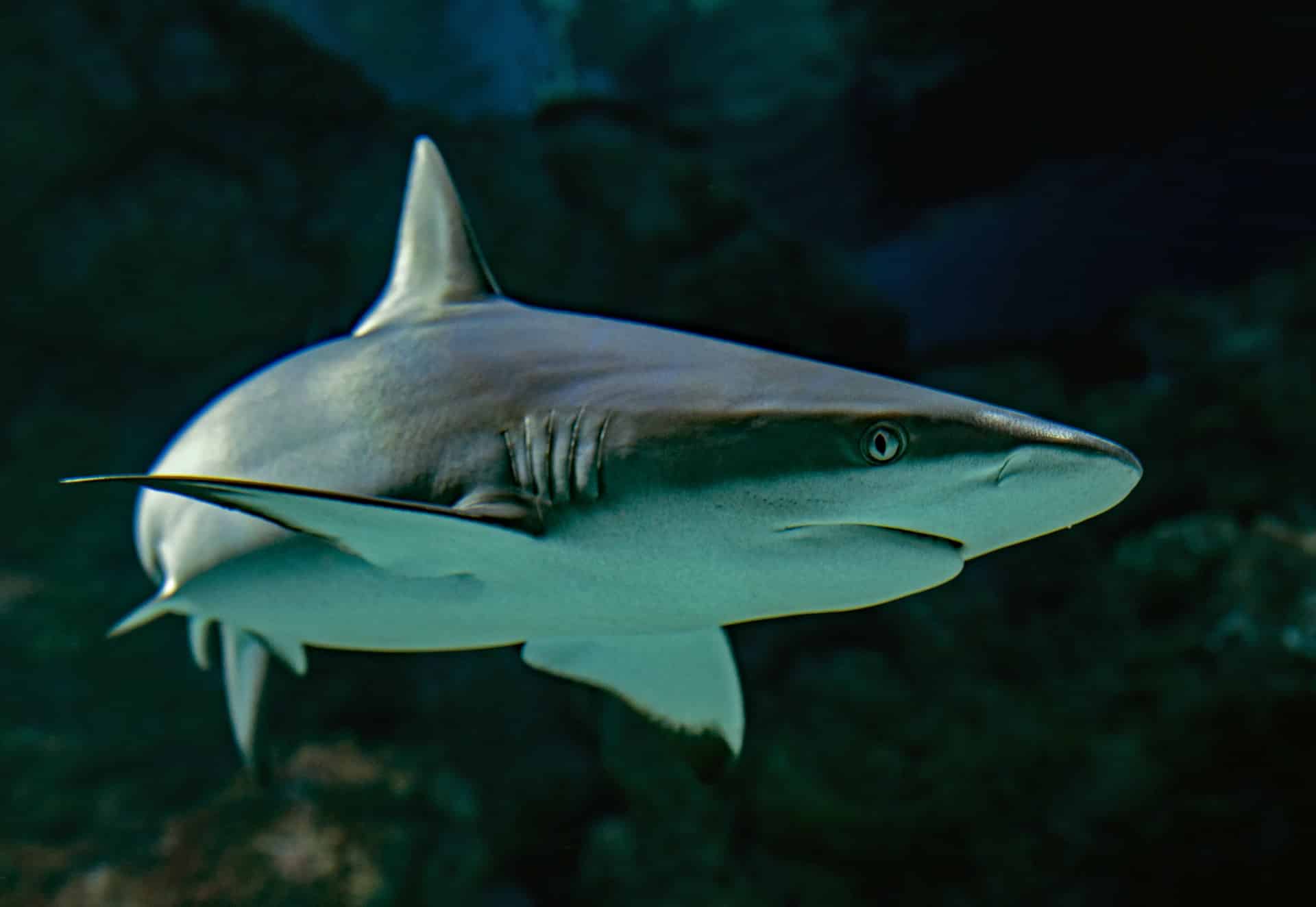
North Carolina waters are home to a variety of shark species, including sandbar sharks, blacktip sharks, and tiger sharks. These species are typically found in coastal areas and estuaries. Understanding the types of sharks in the region can help beachgoers stay informed and cautious while enjoying the ocean.
How Many Sharks Are There in North Carolina?
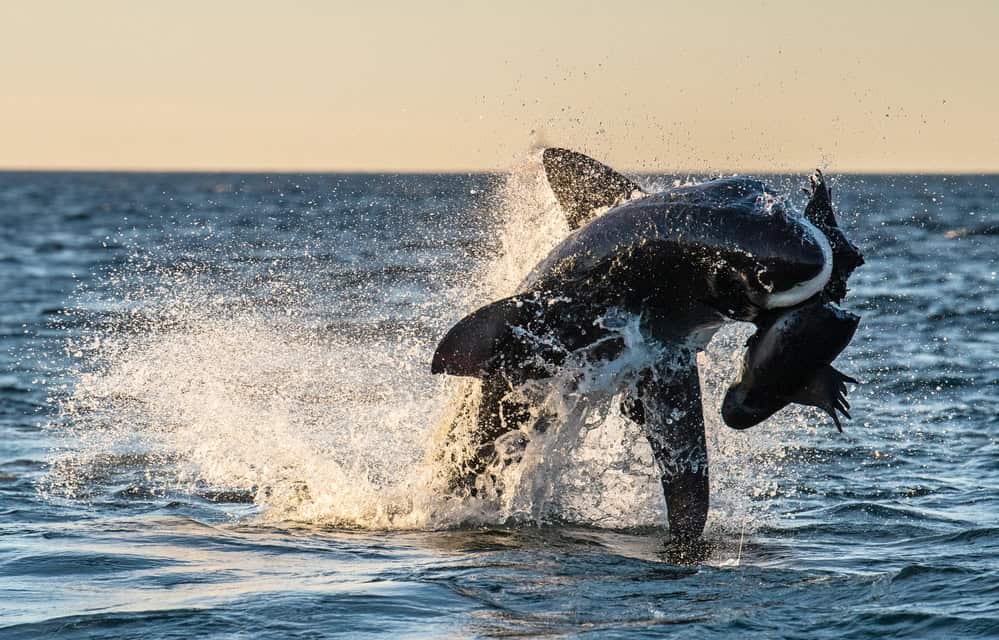
Estimating the exact number of sharks in North Carolina is challenging due to their migratory nature. However, research from local marine biologists and institutions indicates there are thousands of sharks in the waters, with significant populations of sandbar and blacktip sharks. Regular surveys and tagging efforts provide crucial data for monitoring these populations.
Understanding Shark Behavior
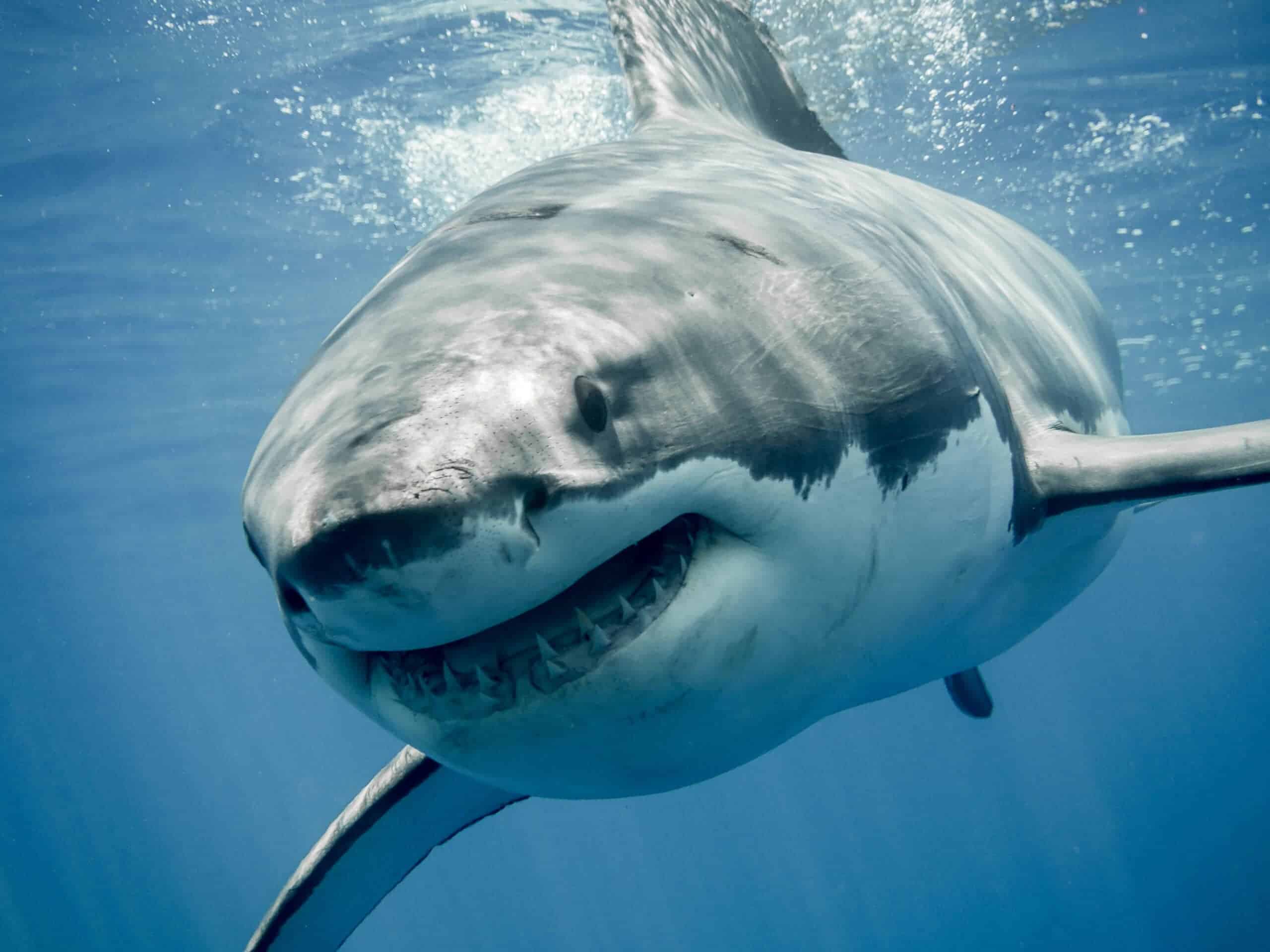
Shark attacks are often seen as rare events. Understanding shark behavior and their natural habitats can help beachgoers stay safe. Sharks typically do not target humans, and attacks are usually cases of mistaken identity.
Shark Attack Statistics
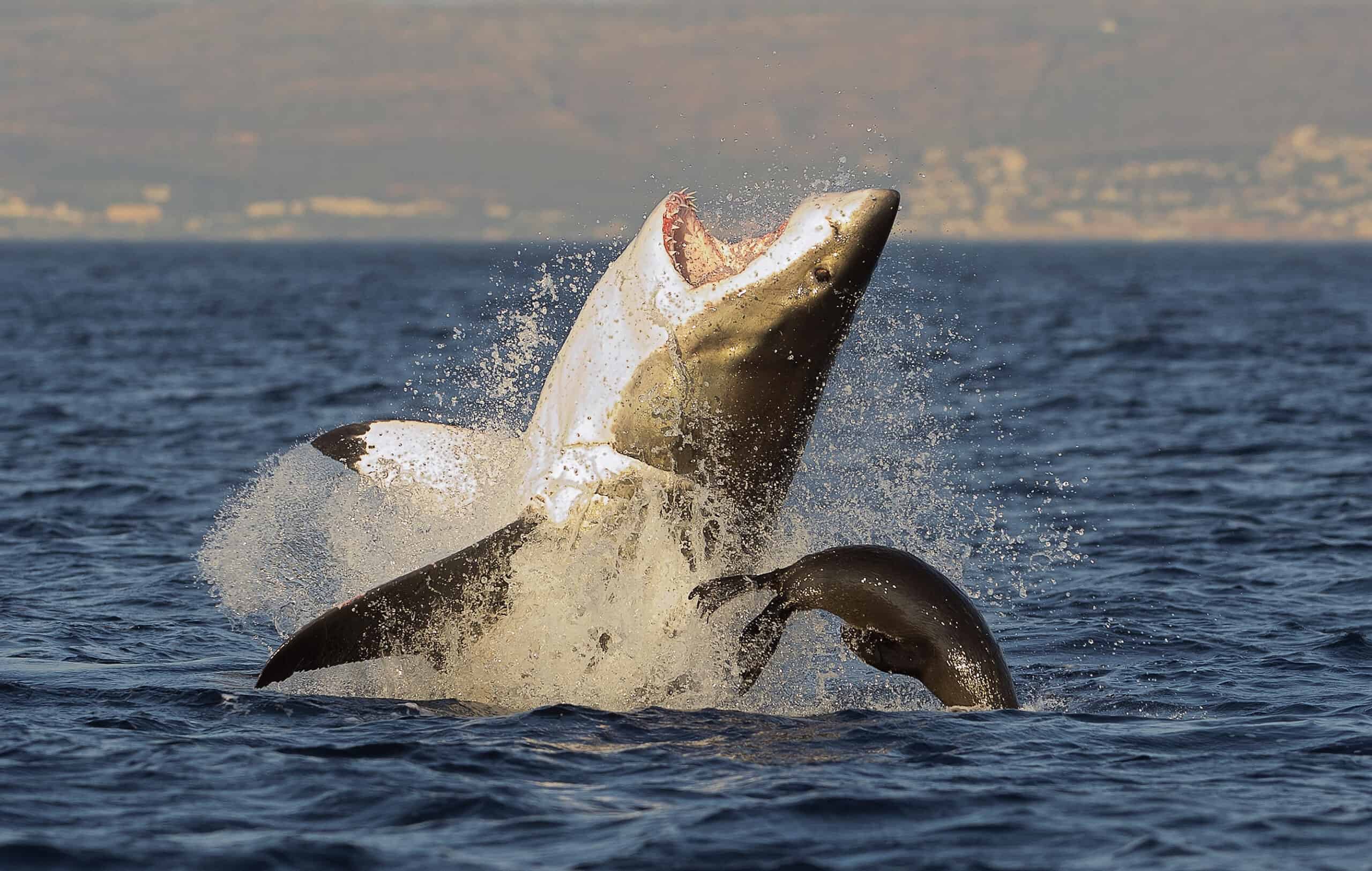
According to the International Shark Attack File’s 2023 report, there were 120 shark-human interactions worldwide last year, with 69 unprovoked bites. The United States accounted for 36 of these cases, including three non-fatal attacks in North Carolina. These statistics help put the frequency of shark attacks in perspective.
Tips for Beach Safety
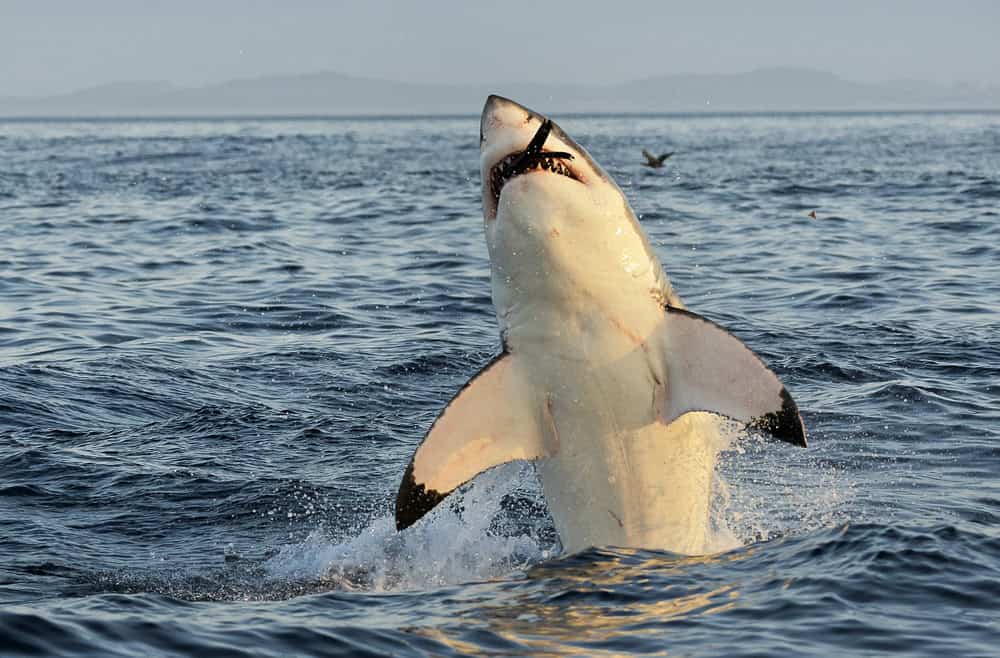
Staying safe at the beach involves being aware of your surroundings. Avoid swimming near schools of fish or seals, as these are common prey for sharks. It’s also wise to avoid swimming at dawn or dusk when sharks are most active.
Role of Lifeguards
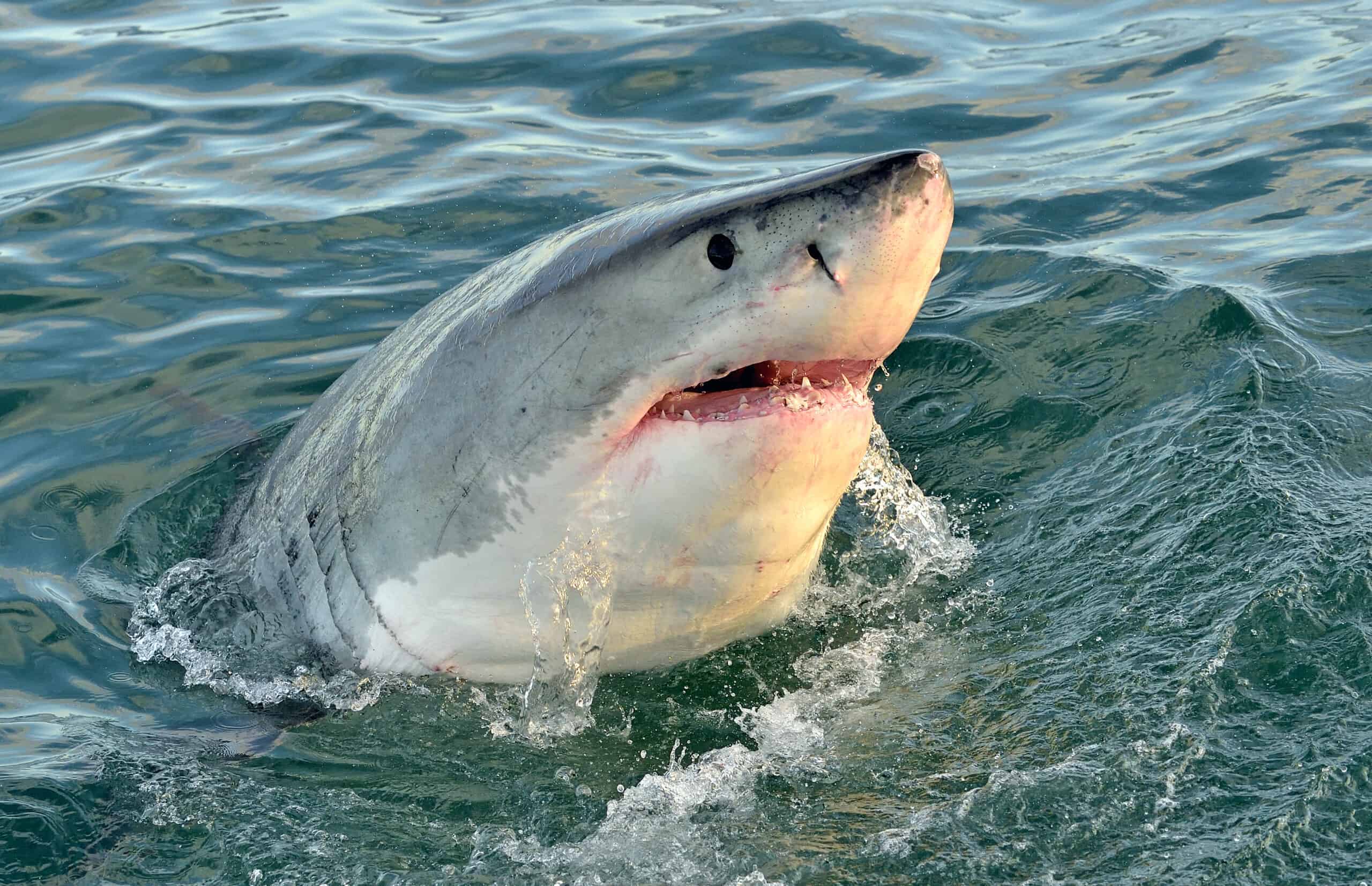
Lifeguards play a critical role in beach safety. They are trained to spot potential dangers, including shark activity, and can provide immediate assistance in emergencies. Their presence adds an extra layer of safety for beachgoers.
Shark Species in North Carolina
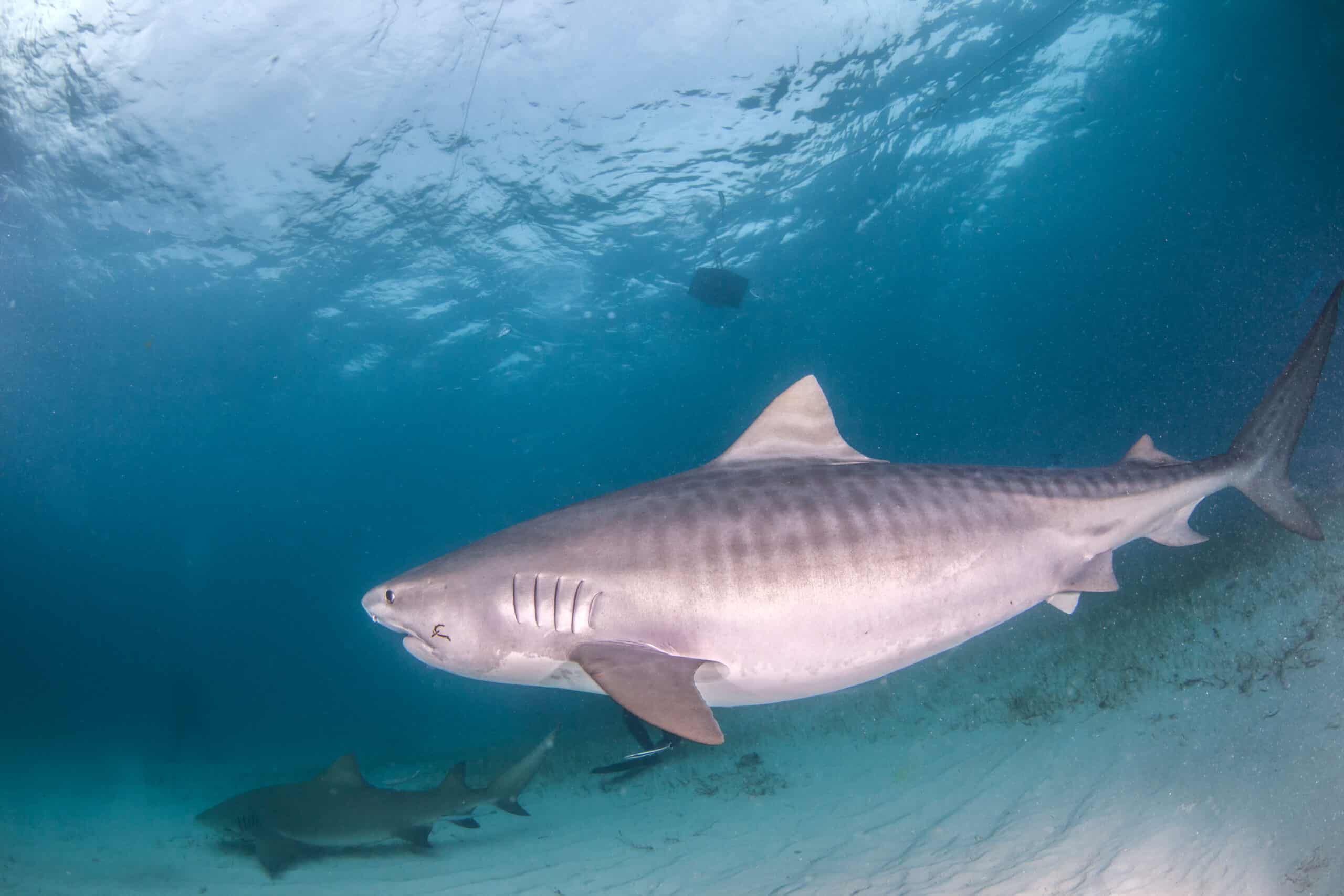
North Carolina waters are home to several shark species, including the sandbar shark and the blacktip shark. Understanding the different species can help beachgoers recognize and avoid potential threats while enjoying the ocean.
Shark Conservation Efforts
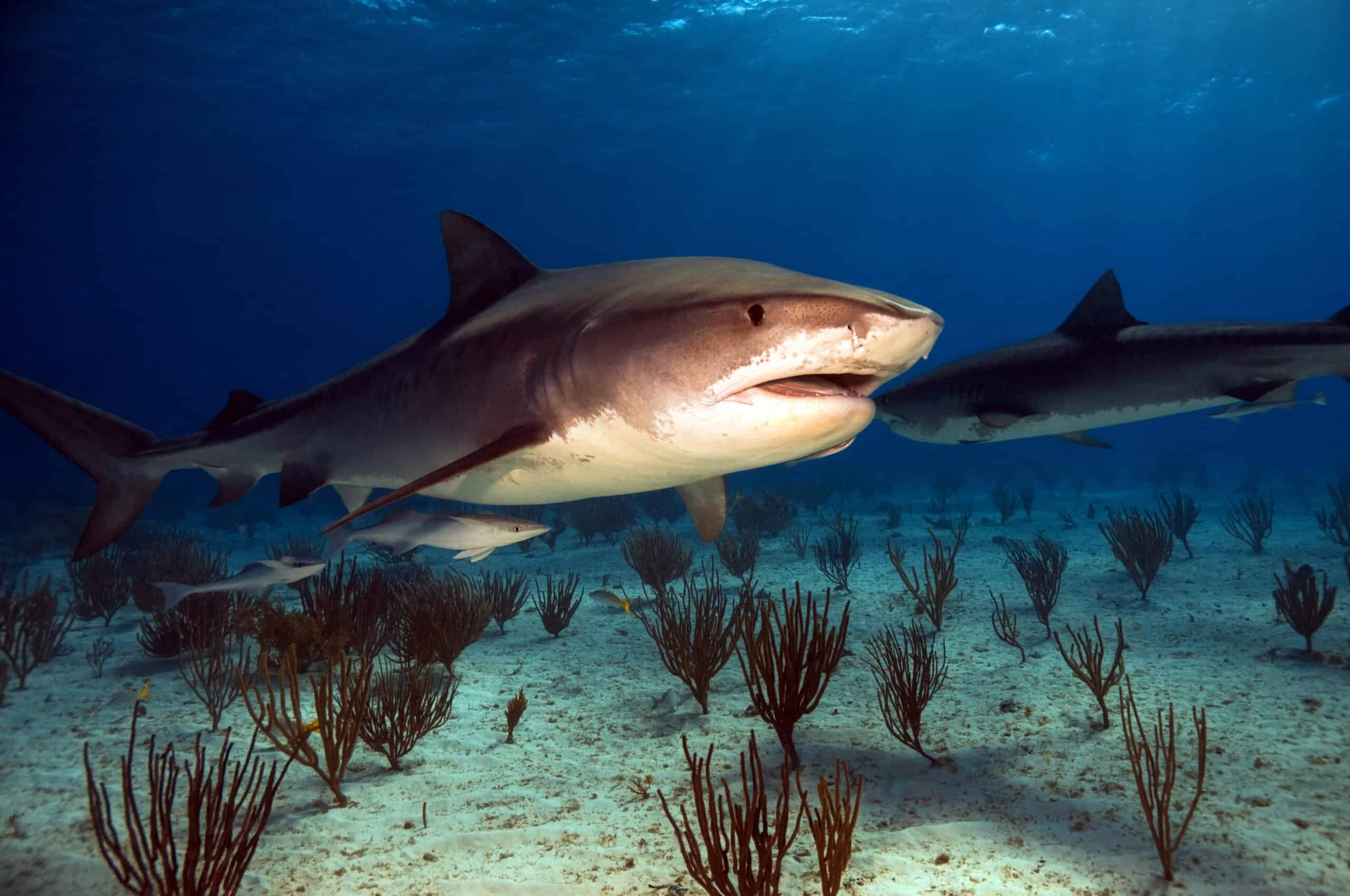
Sharks play a vital role in marine ecosystems. Conservation efforts are essential to protect these species from overfishing and habitat loss. Educating the public about the importance of sharks can help promote conservation initiatives.
Impact of Climate Change on Marine Life

Climate change is affecting marine life, including sharks. Changes in water temperature and ocean currents can alter shark migration patterns and their behavior. Understanding these impacts is crucial for both conservation efforts and public safety.
The Importance of Marine Reserves
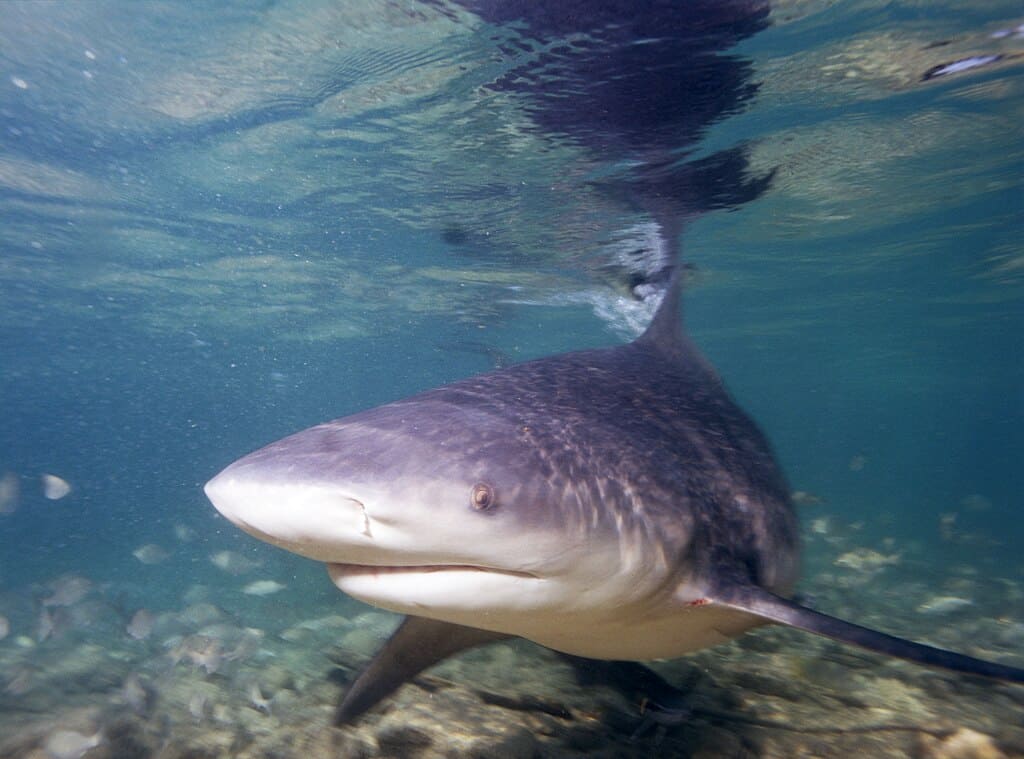
Marine reserves provide safe havens for sharks and other marine species. These protected areas help preserve biodiversity and ensure the health of marine ecosystems. Supporting the creation and maintenance of marine reserves is key to shark conservation.
Advances in Shark Tracking

Technology has advanced shark tracking significantly. Researchers use satellite tags to monitor shark movements and behavior. This data helps scientists understand shark patterns and develop strategies to reduce human-shark interactions.
Educating the Public About Sharks
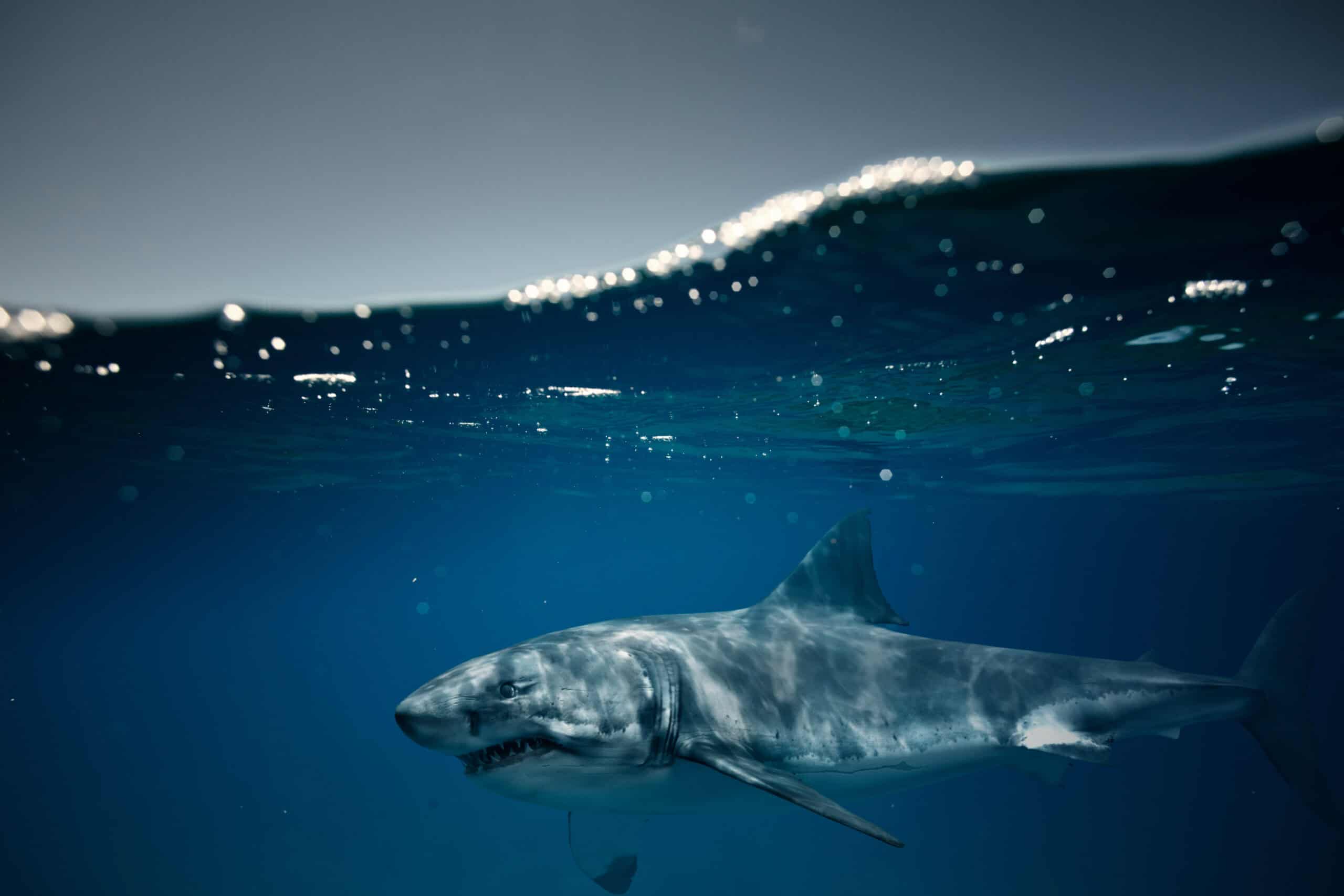
Public education about sharks is vital. Misconceptions and fear can lead to negative attitudes toward these important marine animals. Providing accurate information about shark behavior and their ecological role can help foster a more positive perception.
Shark Attack Survivors’ Stories

Hearing from shark attack survivors can provide valuable insights and promote awareness. These stories often highlight the importance of quick action and proper medical response in emergency situations.
Global Shark Populations
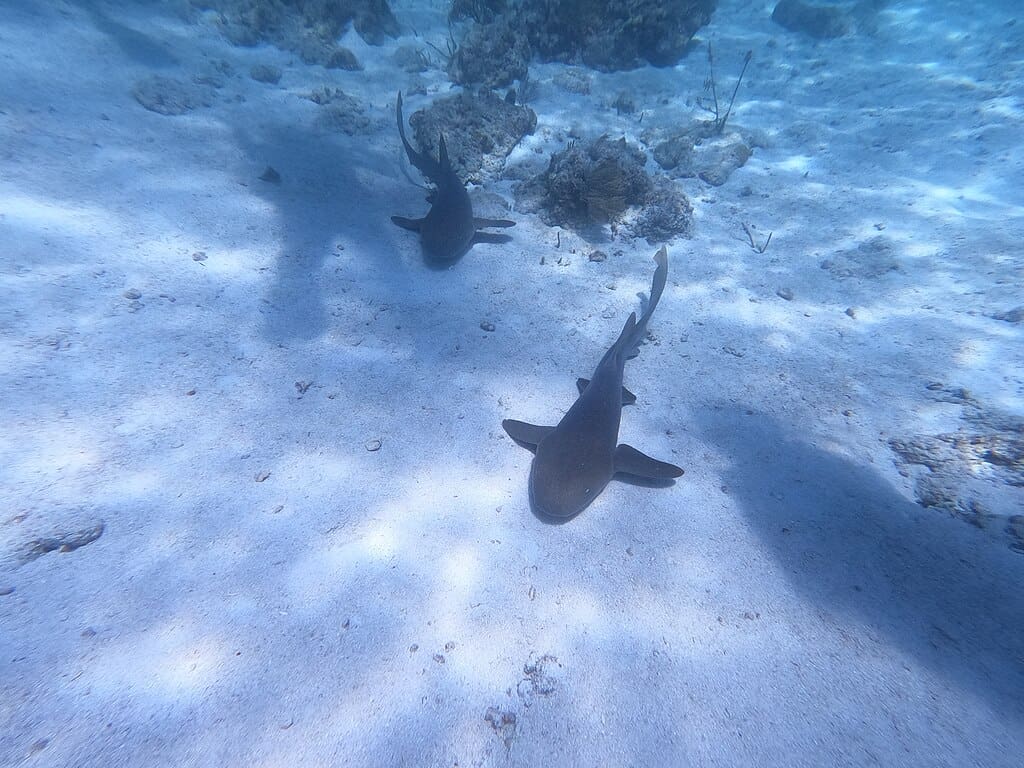
Shark populations are declining globally due to overfishing and habitat destruction. Conservation efforts are needed to protect these vital predators and maintain the balance of marine ecosystems. International cooperation is crucial for effective shark conservation.
Shark Nets and Deterrents

Shark nets and other deterrents are used in some regions to protect beachgoers. However, these methods can also harm marine life. Exploring alternative, non-lethal ways to prevent shark attacks is an ongoing area of research.
Shark Attack in North Carolina: Conclusion
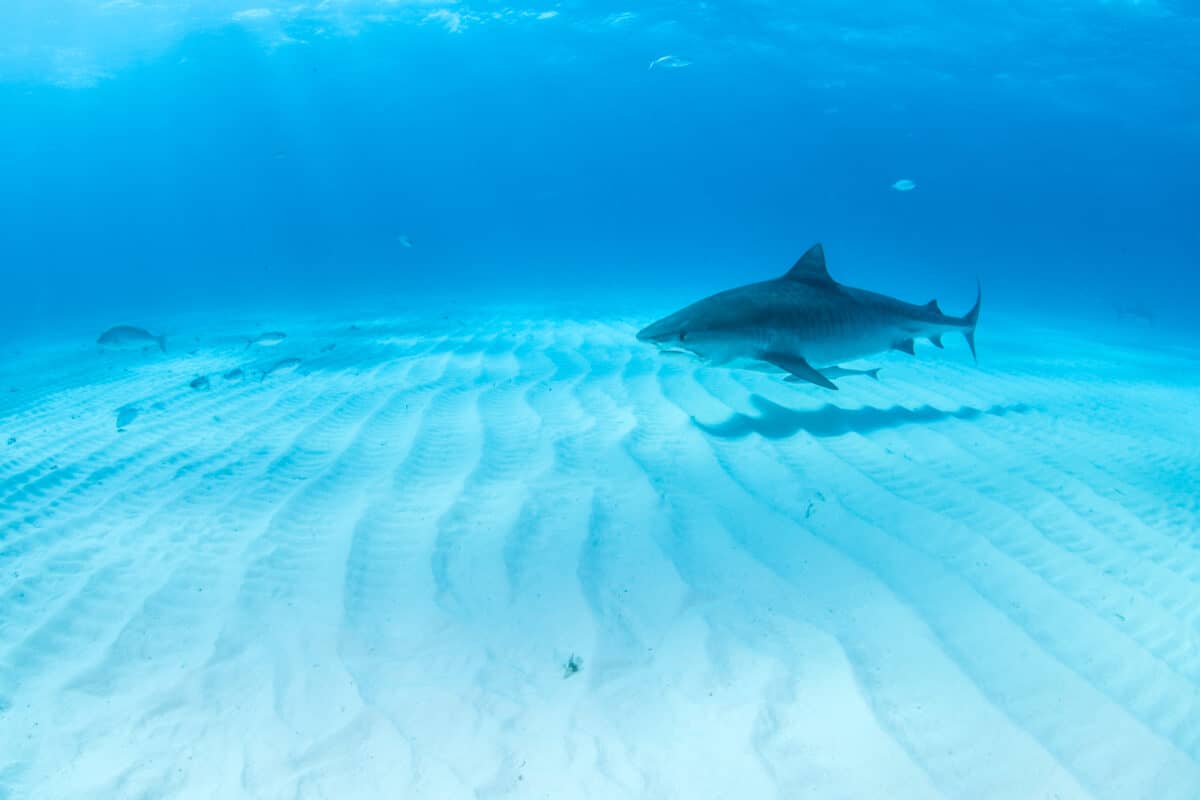
Thankfully, this story has a sunshine ending. While the shark attack shocked most of the beachgoers in North Carolina that day, what should be remembered is how quickly and skilfully medical staff handled the situation. Since the ocean will forever be sharks’ home, all we can do is be prepared on how to handle these kind of situations.
Thank you for reading this article about the shark attack in North Carolina! For more shark news, take a look at these posts:
- The Biggest Bull Shark Ever Recorded
- Rare Great White Shark Sighting Near Bondi Beach Raises Questions
- Mighty Komodo Dragon Devours Shark Alive
Join our Forum for free today!


